The bushbuck is a beautiful, medium-sized antelope found in many parts of Africa. It has reddish-brown coat and white spots, and blends into forests and bushes where it quietly lives. Bushbucks are shy, solitary, and alert. Though not usually seen in groups, they are one of Africa’s most common antelopes.
Scientific classification
- Kingdom: Animalia
- Phylum: Chordata
- Class: Mammalia
- Order: Artiodactyla
- Family: Bovidae
- Genus: Tragelaphus
- Species: Tragelaphus scriptus
There are over 40 subspecies of bushbuck, divided into two main groups:
- Cape Bushbuck (Southern species)
- Harnessed Bushbuck (Western & Central species)
Common names
- Bushbuck
- Forest antelope
- “Ẹlulu” or “Erin-odo” (in some Yoruba dialects)
- “Mbala” (in parts of East Africa)
Geographic distribution
Bushbucks are found throughout sub-Saharan Africa, including:
- Nigeria, Ghana, Cameroon
- Kenya, Uganda, Tanzania
- South Africa, Zimbabwe, Mozambique
They live in:
- Forests and woodlands
- Riverbanks and swamps
- Thick bushes and grasslands
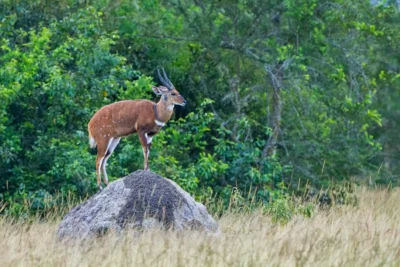
Image Showing Bushbuck standing quietly in forest underbrush (Source: Destination Uganda)
Physical characteristics
Bushbucks have:
- Reddish-brown to dark brown coats, often with white spots or stripes
- White patches on the throat, legs, and face
- Long, spiral horns in males (females have no horns)
- Strong legs for jumping and moving through thick bush
Size:
- Height: About 70–100 cm at the shoulder
- Weight: Males up to 80 kg, females smaller
- Lifespan: 10–12 years in the wild
Behavior and lifestyle
Bushbucks are mostly solitary. Even when seen in the same area, each one moves alone.
- Active both day and night, but prefer early morning and evening
- Use bush cover for safety and hide when they feel danger
- Excellent jumpers, can leap over 2 meters when escaping predators
- Communicate with sharp barks when alarmed
What do bushbucks eat?
Bushbucks are browsers, which means they feed mostly on:
- Leaves
- Twigs and shrubs
- Fruits
- Herbs and flowers
They rarely graze like other antelope and prefer feeding inside forests or bushy areas.
Fun facts
- Bushbucks are one of the most widespread antelope species in Africa.
- They are excellent swimmers and cross rivers easily.
- Males are very territorial and can fight with their horns.
- Their white spots and stripes help them blend into the shadows.
- They are silent movers, making them hard to spot in the wild.
Importance to Humans
Bushbucks play an important role in the ecosystem and to communities:
- Help control plant growth through browsing
- Are prey for lions, leopards, pythons, and hyenas
- Sometimes hunted for bushmeat, especially in rural areas
- Featured in African stories and folktales for their beauty and cleverness
Some farmers may see them as pests if they enter farms, but they usually avoid humans.
Health & common issues
In the wild or in captivity, bushbucks may face:
Common Issues:
- Tick-borne diseases (like heartwater or anaplasmosis)
- Wounds from fights or predator attacks
- Parasites such as roundworms or flukes
- Stress or shock when caught or relocated
Veterinary Needs (in sanctuaries or farms):
- Parasite control (dipping or deworming)
- Clean shelter with quiet space
- Gentle handling to avoid fear or injury
- Proper diet of browsed plants and leaves
Conservation status
Bushbucks are currently listed as Least Concern by the IUCN.
However, they still face threats like:
- Habitat loss from farming and deforestation
- Hunting for meat or traditional use
- Snare traps and illegal poaching in some areas
Conservation actions include:
- Protected reserves and national parks
- Anti-poaching patrols
- Public education to reduce illegal hunting
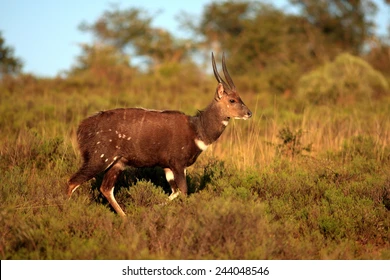
Image Showing Male bushbuck peering through thick undergrowth with sunlight on its back (Source: Shutterstock)
Need help with a rescued antelope or wildlife concern? 📞 Call Doctor Hulk Veterinary Hospital Today. We care for both tame and wild animals, quiet or bold, large or small.










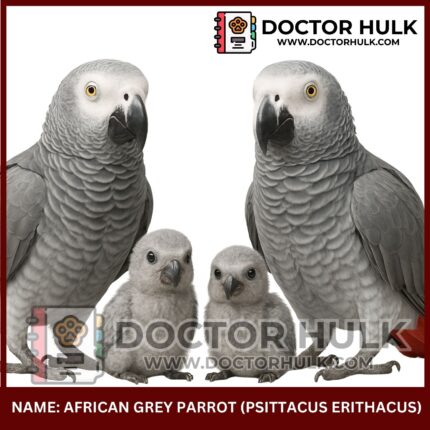



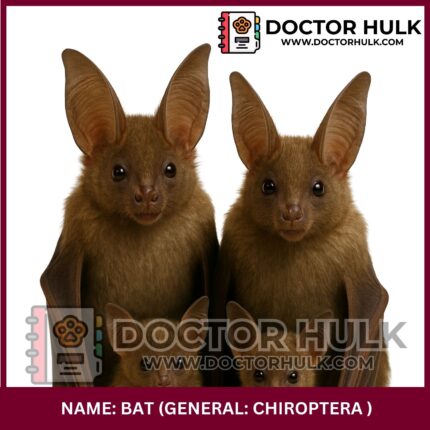

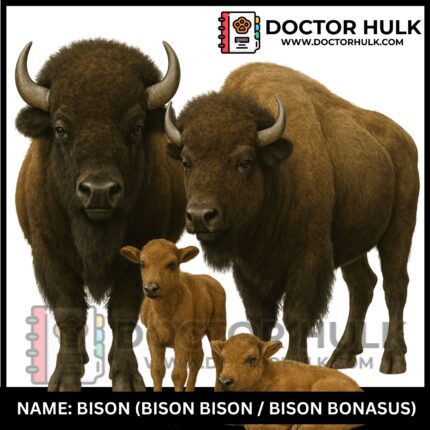


Reviews
There are no reviews yet.